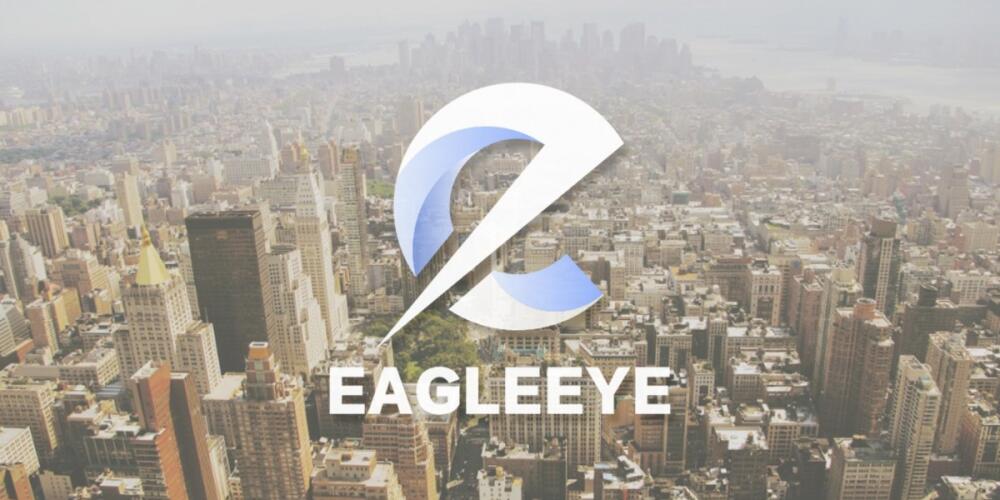
EAGLEEYE COIN: Advancing Finance through RWA Solutions
In the cryptocurrency space, the concept of Real-World Assets (RWAs) is attracting more and more attention and discussion.The emergence of RWAs brings new opportunities to the cryptocurrency market, while challenging the concepts and models of the traditional financial system.
The traditional financial system mainly relies on centralized financial institutions to manage and trade real-world assets, such as real estate, stocks, and bonds. However, with the development of blockchain technology, RWAs are gradually starting to enter the cryptocurrency space and are being traded and managed by way of digitized assets and smart contracts.
The introduction of RWAs has brought multiple benefits to the cryptocurrency market. First of all, the digitization of RWAs makes the trading of assets more efficient, transparent and convenient. Through blockchain technology, investors can directly participate in the investment and trading of real-world assets without having to go through complex intermediaries and red tape.
Second, the digitization of RWAs also provides investors with more choices and diversified portfolios. While investors in traditional financial markets often face problems such as illiquid assets and high transaction costs, the digitization of RWAs solves these problems, allowing investors to allocate their assets more flexibly, reducing risk and increasing returns.
A real case in point is the digital transformation of the real estate sector. By converting real estate assets into tokenized digital assets, investors can trade and invest through blockchain platforms, achieving increased liquidity and lower investment thresholds for real estate assets. This digital approach to real estate investment has already been practically applied in some countries.
However, the development of RWA also faces some challenges and problems. One of them is the interface with the traditional financial system and the issue of regulatory compliance. Due to the high risk and complexity of digitized transactions in RWA, regulators need to formulate appropriate policies and norms to protect investors’ rights and interests and the stability of the market.
All in all, the introduction of RWA is reshaping outdated concepts and models in the traditional financial system. It brings more opportunities and diversified investment choices to the cryptocurrency market, while challenging the concepts and regulatory models of the traditional financial system. As RWA continues to evolve and innovate, we can expect further prosperity and maturity in the cryptocurrency market.
Oznake
Izdvojeni tekstovi